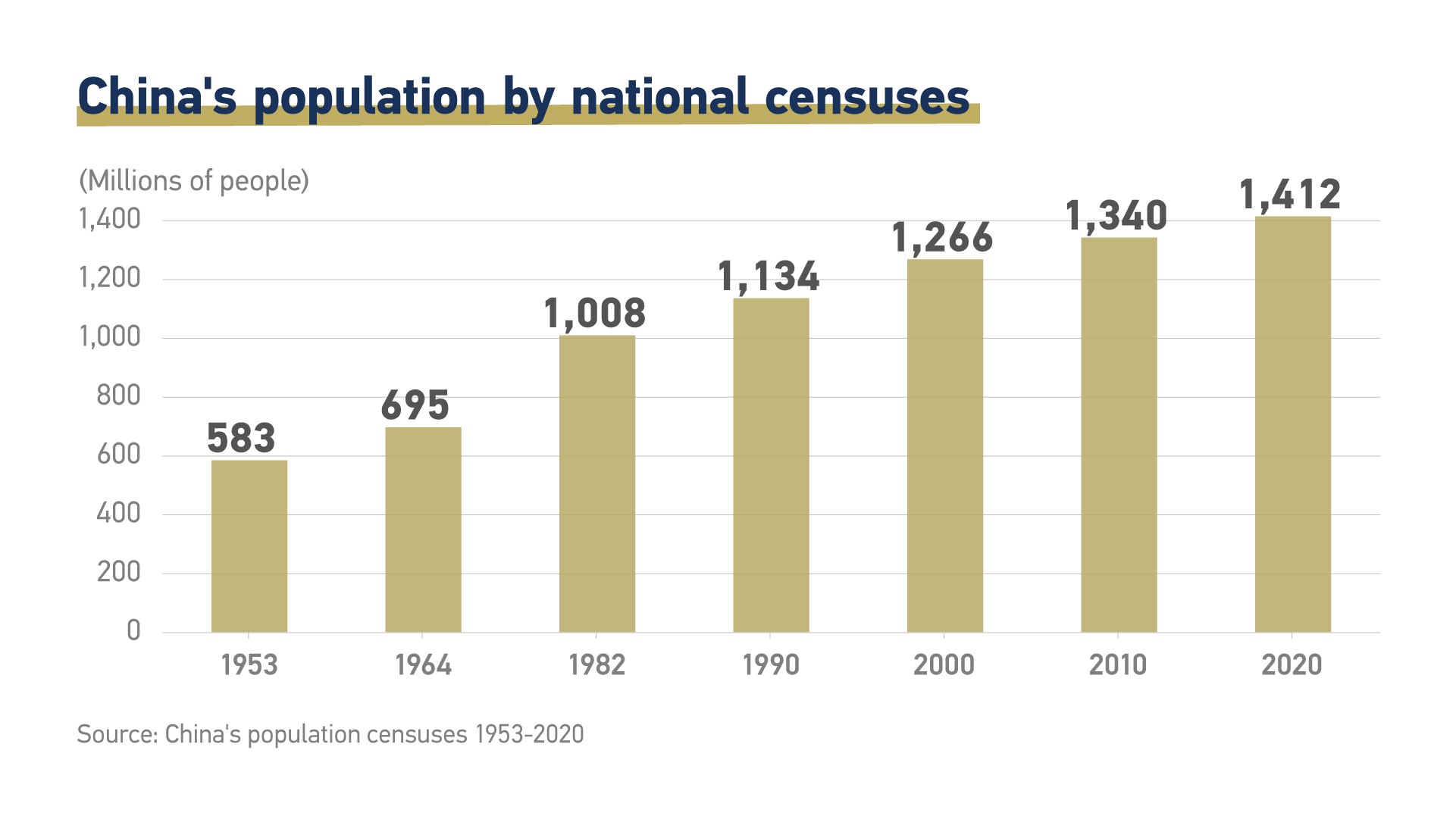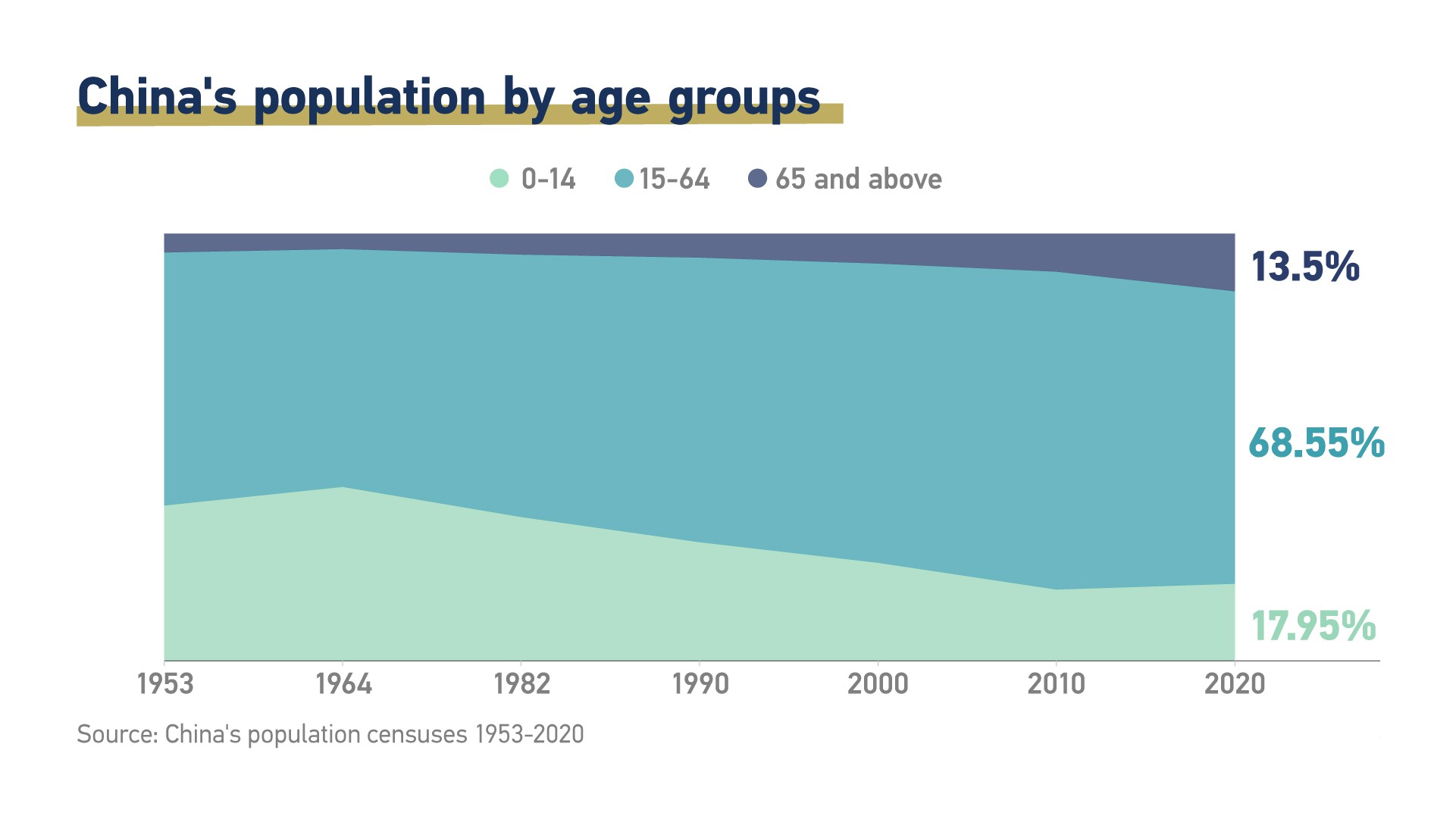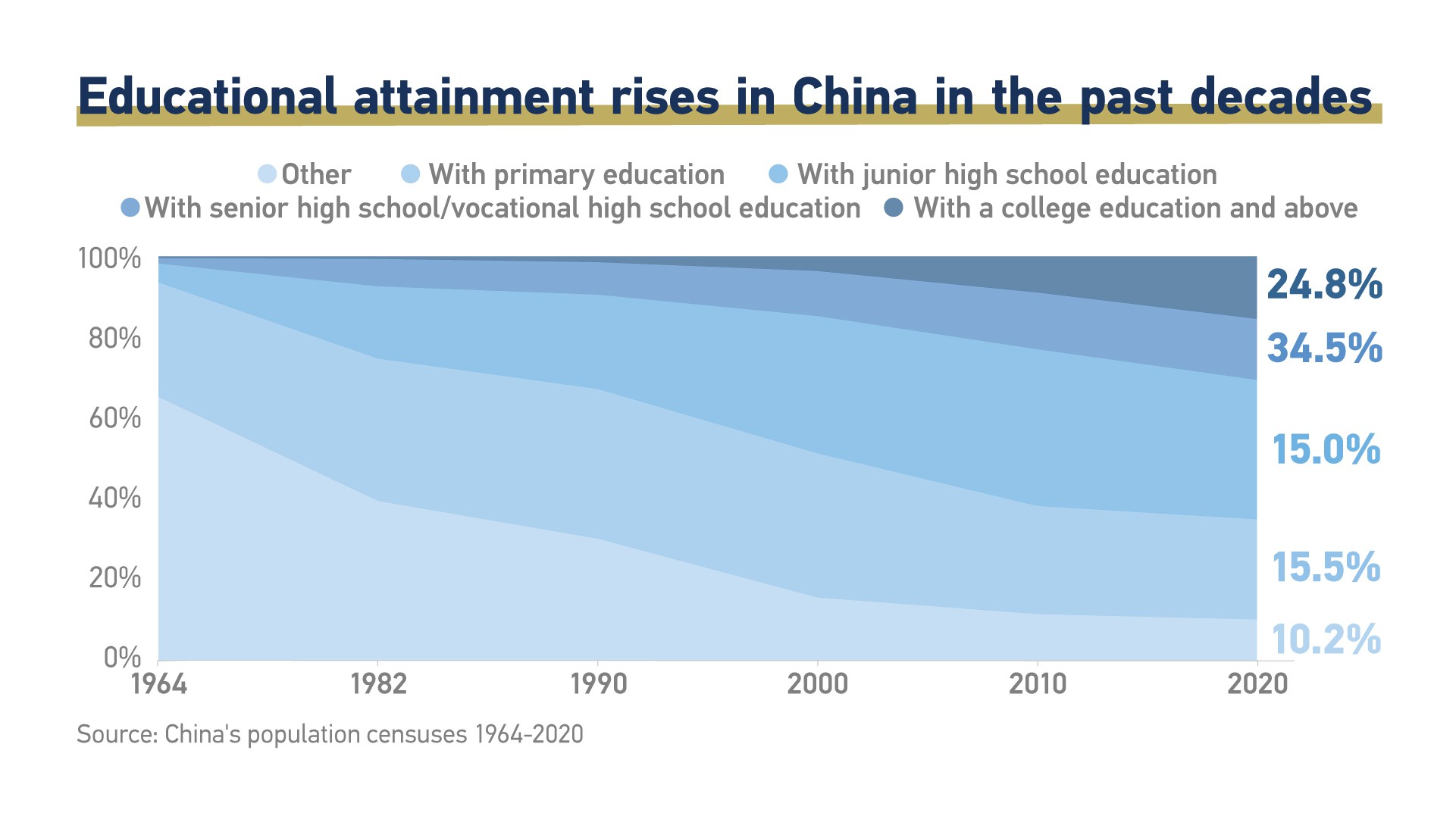
Business opportunities | Learn from the figures in Chinese seventh census
China on November 1, 2020, started its seventh national population count, with about 7 million census takers going door-to-door to document demographic changes in the world’s most populous country. It released the results on Tuesday that China’s population on the mainland reached 1.41178 billion, accounting for 18 percent of the world’s total and making the country maintain its position as the most populous country globally.
Here are three highlights of the census data, to a certain extent reflecting the key trends of China’s higher consuming capability and potential market in the future decade.
-
Total population increases

The total population of China’s mainland increased to 1.41 billion in 2020 from 1.34 billion 10 years earlier. In short, China’s population continued to grow over the past decade, although the rate of growth has slowed. It means that China is a huge consumer market that would not be changed in the long run, with expanding and strong momentum.
2. Proportions of old and young up

There has been much focus on “aging populations” around the world, and China is no exception. The data latest shows an increase in the share of the population aged above 65 years old, from 8.9 percent in 2010 to 13.5 percent in 2020.
There has also been an increase in the share of the child population, those from 0 to 14 years old, from a decade ago, as the country altered its fertility policy in 2016, allowing all couples to have two children. The new census data suggest that the adjustment has achieved positive results.
In general, with the growth of the aged populations and the development of urbanization, people pay more attention to health. Products for the aged may see in a profitable market in China in the short term. China’s working-age population, or people aged between 16 and 59, stands at 880 million, indicating that the country still has an abundant labor force.
3. Education levels rise

Educational attainment levels have risen markedly over the past 10 years, the census data suggests, with 154,670 people in every 1 million having a college education or above, up by 65,370 compared to a decade ago.
The average years of schooling for people aged 15 and above increased from 9.09 years to 9.91 years, while the illiteracy rate dropped from 4.08 percent to 2.67 percent. The continued improvement of educational attainment indicates that measures to promote higher education and eradicate illiteracy among young and middle-aged adults have had a positive impact.
Talent dividends brought by improved education levels have replaced demographic dividends. With a more educated population, China’s vast workforce will continue to offer strong support for the country’s high-quality development.
1.411 billion, represents a decade of continuous growth in this dynamic market. Now GBI Consulting Company is devoted to developing your products and brands to the Chinese market. We provide you with world-class production solutions and market strategies to make your business journey with ease and pleasure. Contact us now to start a profitable business!



